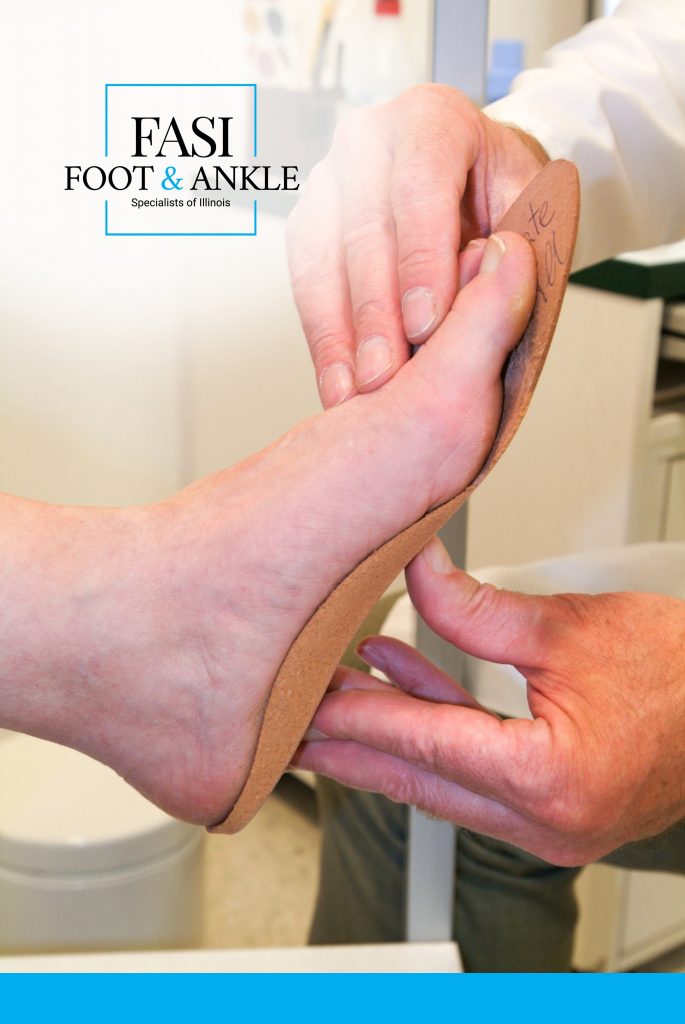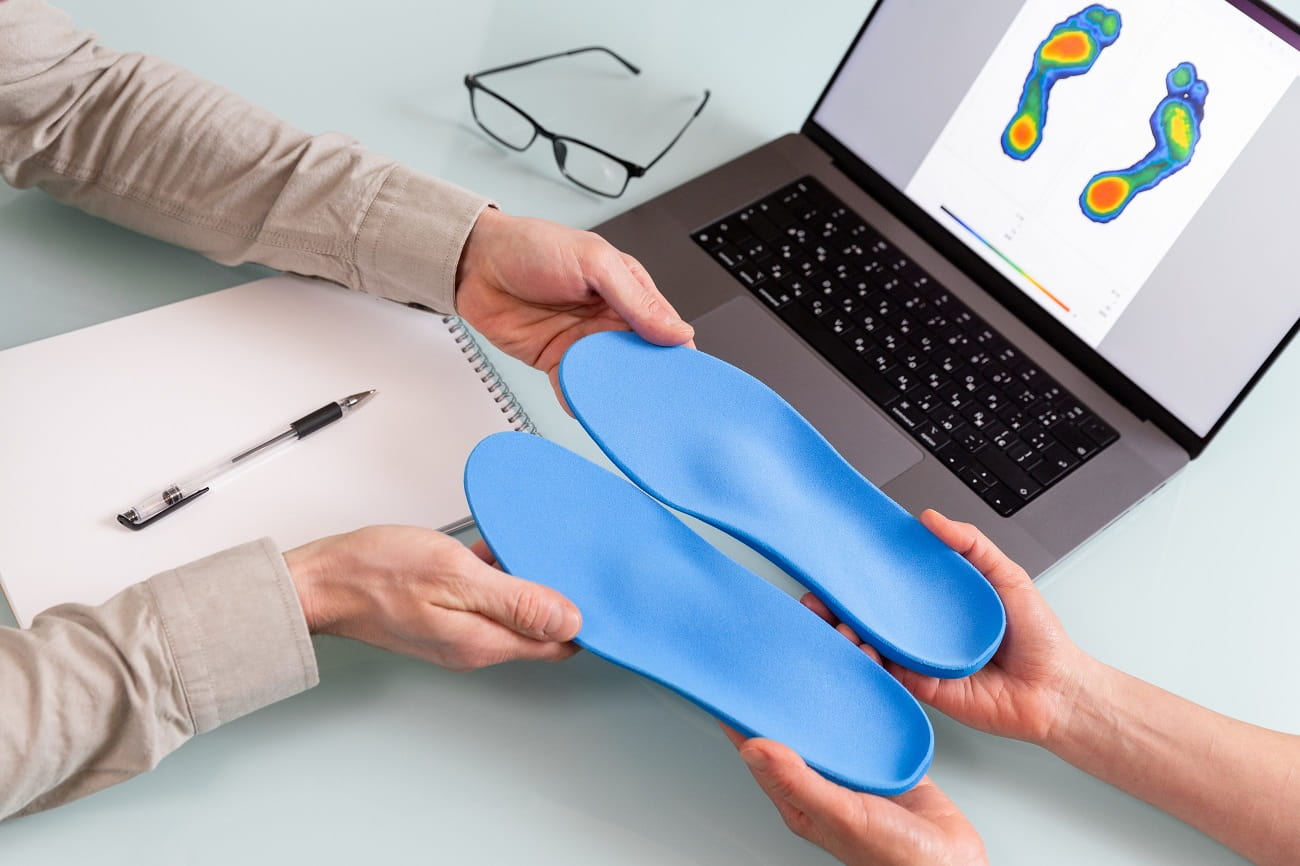How to Put On & Fit Ski Boots Guide Westminster CO
How to Put On & Fit Ski Boots Guide Westminster CO
Blog Article
Ski Boot Fit Trends to Note Longmont CO
Cold toes in ski boots is a common issue confronted by skiers, affecting their comfort and general performance on the slopes (Choosing the Right Ski Boot Fit Golden CO). Warmth is crucial for an pleasant skiing experience, and chilly ft can diminish the thrill of gliding down a snow-covered mountain. Understanding the explanations behind cold feet in ski boots and techniques to combat it can make a major difference in your snowboarding adventures
Ski boots are designed to provide the assist necessary for snowboarding however can be a supply of discomfort. A tight fit, while essential for control, can restrict blood move, leading to cold ft. This is particularly true if the boots are too small or not correctly fitted. Ensuring that ski boots are the best size is the primary step in preventing chilly ft.
Ski & Snowboard Boot Fitting Overview Westminster CO
Another issue contributing to cold toes in ski boots is moisture. When your ft sweat contained in the boots, that moisture can lead to a chilling effect because the temperature drops. Skiing often includes high power expenditure, and the warmth generated contained in the boots can rapidly be lost as sweat accumulates. Using moisture-wicking socks or boot liners can considerably alleviate this problem.
Insulation in ski boots performs a crucial position in keeping ft heat. Many boots come with various degrees of insulation, and the selection of material can influence how nicely they retain heat. Insulated boots are designed to maintain heat in, but selecting the best level of insulation based on the climate and individual preferences is crucial. Some skiers prefer further layers, whereas others may find thicker liners too constricting.

Choosing the best socks is just as essential as choosing the right boots. Thick, bulky socks can impede circulation, resulting in chilly feet in ski boots. Opting for skinny, high-performance ski socks made from materials designed to wick moisture may help keep ft heat. Additionally, avoid cotton socks as they keep moisture and contribute to cooling down.
Another often-overlooked facet is how one attire for a ski outing. A comprehensive layering system is significant. For ski journeys, keeping the whole physique warm ensures that extremities, like the ft, stay warm as properly. Investing in high quality base layers, mid-layers, and outerwear may help optimize body temperature and circulation.
Custom Boot Fittings Explained Superior CO
Using foot heaters or heated insoles may be particularly efficient for those susceptible to chilly feet. These units present an extra heat source and may be found in various types, from disposable chemical heaters to rechargeable battery-operated choices. They can help extend comfort all through the day on the slopes.
Adjusting the best way you fasten your boots also can make a major distinction. Ski boots should be snug but not overly tight. A too-tight fit can constrict blood flow, leading to cold ft. Learning tips on how to correctly adjust the buckles may help obtain a snug fit that balances heat and performance.
Take observe of how long you spend standing still versus skiing. Cold ft are often exacerbated by inactivity. During breaks or while ready in lines, toes have a tendency to chill down considerably. Making an effort to keep moving, even when waiting, can help maintain warmth.
Find a Fitter for Bootfitting Wheat Ridge CO
Plan your breaks wisely. When taking a break, discover a heat spot to relaxation. Stamping your toes or doing easy workouts can maintain your blood circulating and stop chilly toes in ski boots. Remaining conscious of your physique's temperature can guide well timed interventions to keep heat locked in.
Remember that choosing the proper ski resort and situations can even affect how chilly ft feel. Some locations are known for their biting winds and lower temperatures. More protected ski areas with sunnier conditions can present a better snowboarding expertise. Thus, the selection of skiing location can indirectly affect how chilly or heat your ft feel throughout the day.
Finally, staying hydrated is crucial. When the body is well-hydrated, circulation improves, which is essential for maintaining heat. It’s straightforward to overlook to drink water while involved in actions, particularly in cold weather, however making a aware effort to stay hydrated can have significant benefits.

Addressing chilly toes in ski boots usually includes trial and error, adapting gear and methods to search out the perfect solution for particular person wants. Every skier is totally different, and what works for one person might not work for one more. It’s essential to experiment with numerous socks, boot types, and layering methods to find the simplest mixture for oneself.
Bootfitting 101: Sizing Overview Loveland CO
Ultimately, having fun with snowboarding to the fullest requires attention to the little things that impact comfort and performance. Understanding the causes of cold feet in ski boots and implementing methods to stop it could transform a cold ski day into an exhilarating expertise. By maintaining feet heat, skiers can give consideration to soaking in the beauty of the mountains and the thrill of the experience.
Cold ft should not be a recurring problem however rather a possibility for skiers to refine their setup and methods. Emphasizing warmth and luxury ensures a extra enjoyable day on the slopes, permitting for longer and more fulfilling runs. Each skier can take proactive steps to mitigate the chill, turning skiing right into a joyous winter adventure somewhat than a battle towards the chilly.
As the season unfolds, keep in mind that skiing is about having fun with the mountains, the fresh air, and the joy of gliding on snow. Keeping cold toes at bay enhances every side of the experience, permitting for a give consideration to technique and pleasure rather than discomfort.
Ski Boots: Analyzing Fit Specifications Wheat Ridge CO
Finding pleasure in snowboarding is feasible by addressing every thing from boot fit to sock choice, layering, and hydration. By prioritizing these parts, skiers can guarantee they have the correct measures in place against chilly feet, allowing each trip down the slope to be as exhilarating as supposed.
- Proper fit of ski boots is crucial; an extreme amount of room can lead to cold feet due to inadequate blood circulation.
- Insulating footbeds created from supplies like gel or specialised foam can enhance warmth by offering thermal protection.
- Toe warmers or heated insoles are efficient accessories to fight cold ft, particularly in extraordinarily low temperatures.
- Keeping ft dry is important; moisture from sweat can result in significant cooling, so moisture-wicking socks are recommended.
- Choosing the best socks, typically made from merino wool or artificial blends, can considerably improve heat and luxury.
- Periodically taking breaks allows for foot movement and circulation, serving to to alleviate numbness and enhance heat.
- Ensure that ski boots are not overly tightened, which can prohibit blood move and contribute to chilly sensations.
- Tuning the boot’s insulation level based on weather circumstances can hold feet warmer; consider models with adjustable features.
- Using ski boot heaters or foot heaters can present a constant source of warmth during long outings on the slopes.
- Familiarizing oneself with layering methods for ski gear also can assist in stopping cold feet by maintaining general physique heat.undefinedWhat causes cold feet in ski boots?
Unconventional Boot Fitting Strategies Brighton CO
Cold feet in ski boots is usually attributable to poor circulation, inadequate insulation, or moisture within the boot. If your feet are cold, it could mean your boots are either too tight, not warm enough, or not fitted correctly.
How can I forestall chilly toes whereas skiing?
To stop chilly ft, ensure your ski boots fit correctly with out being overly tight. Use moisture-wicking socks made from wool or artificial materials, and contemplate boot heaters or heated insoles for added warmth.
Boot Fitting Instructions for Beginners Superior CO
Are ski socks essential for maintaining my feet warm?
Yes, ski-specific socks are designed to provide warmth while allowing moisture to escape. They are usually thicker around key areas like the toes and shin, enhancing insulation without compromising comfort.
Is it okay to wear two pairs of socks in ski boots?
Wearing two pairs of socks can actually restrict circulation, leading to colder toes. It’s higher to determine on a single, well-fitted moisture-wicking sock designed for skiing.
Fit Issues to Watch for in Ski Boots Lyons CO
What should I do if my ft get chilly while skiing? (Comfort Versus Precision in Boot Fitting Niwot CO)
If your ft become chilly, take a break to heat them up. Remove your boots for a couple of minutes, wiggle your toes, and contemplate including foot warmers or moving to a warmer environment, if attainable.
Importance of Boot Fitting Arvada CO
Can boot liners assist with chilly feet?
Yes, high-quality boot liners can significantly enhance insulation and heat. Consider custom or heat-moldable liners that conform to your foot, enhancing each comfort and thermal administration.
How necessary is boot slot in stopping chilly feet?
A proper boot fit is crucial for preventing cold toes. Boots must be cosy however not overly tight, allowing for good circulation while maintaining warmth contained. Poor fitting can lead to pressure points, limiting blood move.
First Time Getting Ski Boots Fitted Tips Northglenn CO
Do the type of ski boots affect warmth?
Absolutely. Insulated or high-performance ski boots typically provide higher thermal safety. Research the specific features of shoes, as some fashions prioritize heat along with performance.
Ski Boot Fit Tips for Comfort Dacono CO
Should I be involved about moisture in my ski boots?
Yes, moisture can contribute to cold feet. Always dry your boots thoroughly after every use, and think about using waterproof boots or gaiters to keep snow and moisture out whereas snowboarding.
What are some signs that my ski boots are too tight?
Personal Experience with Boot Fitting Loveland CO
Signs that your ski boots are too tight embody tingling or numbness in your toes, chilly ft, or noticeable discomfort when carrying them - What happens in a ski boot fitting? Northglenn CO. If you expertise any of those, think about getting knowledgeable fitting or adjusting the boot size
see this look at this site Report this page